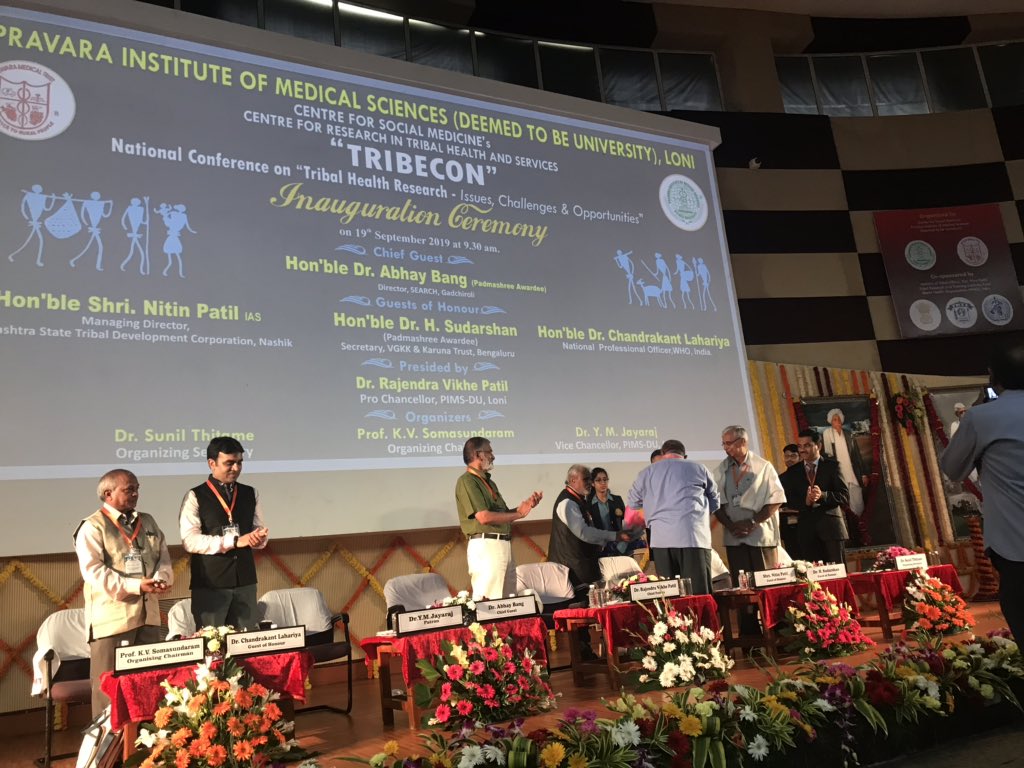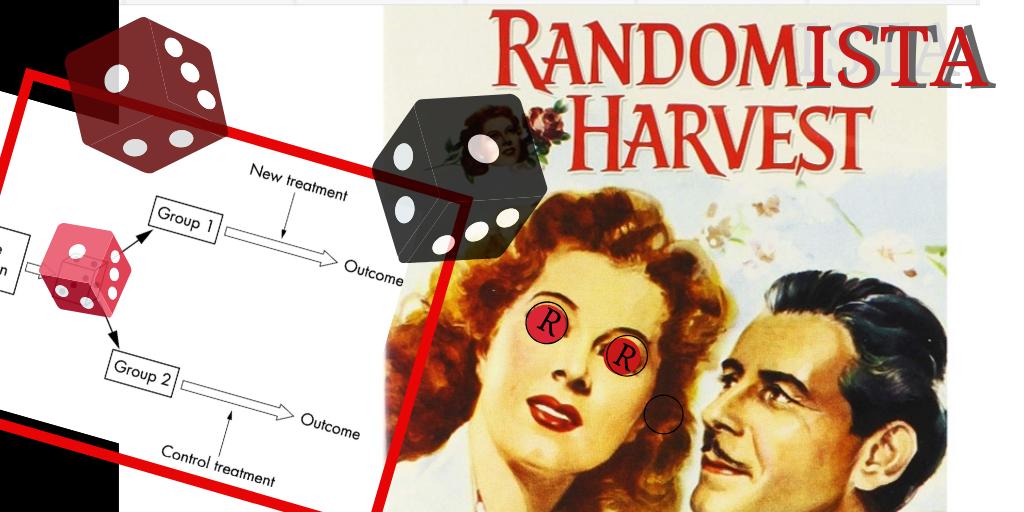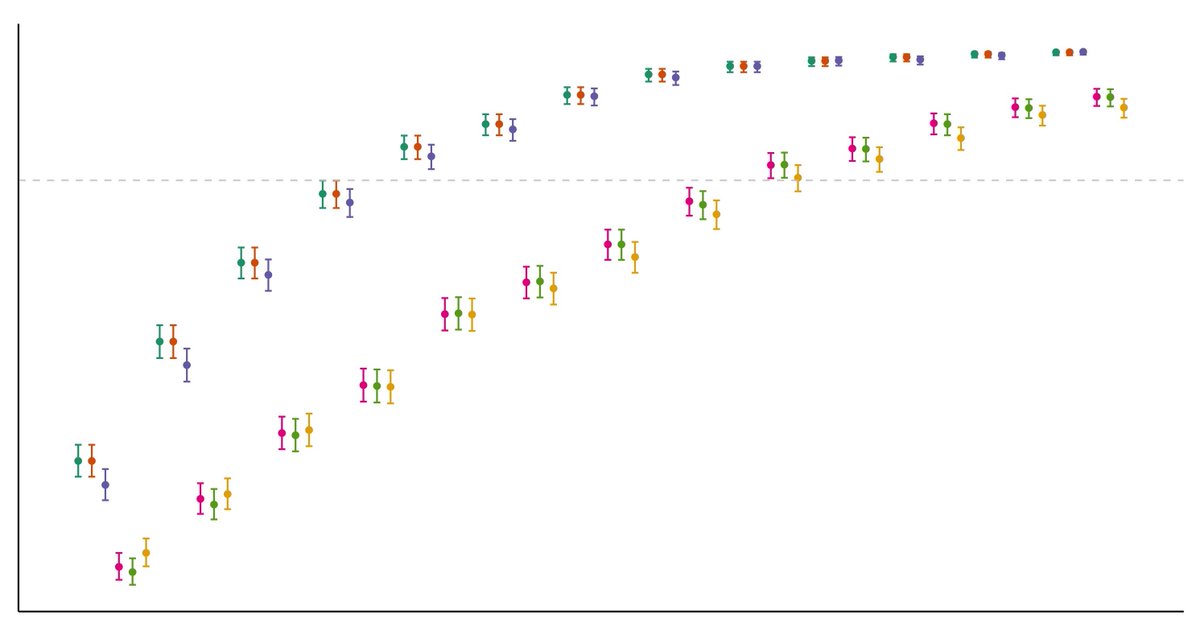Data first, methods second. Usefulness of electronic health database is a new resource, but usefulness for research really varies (fancy stats doesn't solve major data problems)
Another use of machine learning is to pre-screen to reduce # of variables to feed into other algorithm
James et al an intro to statistical learning.
Software options: Superlearner (Polley's github for R). H2o.
Superlearner-SAS on github.













